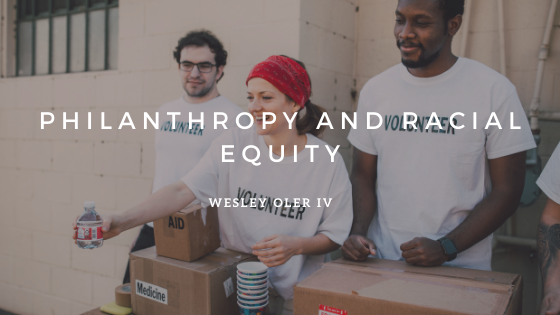Despite its reputation for being averse to radical change, philanthropy has become increasingly receptive to the need for such change. Racial issues have become an integral part of social development. Leaders in philanthropy now cite it as a factor that influences social outcomes. However, despite the uptick in racial justice following the murder of George Floyd, most of the investments that followed were reactive and superficial.
Is a radical change coming for philanthropy? Or are temporary, superficial changes going to be implemented? Dwayne Wharton, a prominent African-American social activist and former CEO of The Food Trust, said that this moment is a good time for everyone in the field of philanthropy to consider how much they are willing to change.
As a social activist and former CEO of a major charity, Wharton knows how important it is to support racialized outcomes. Through philanthropy, organizations with missions can address social ills that cannot be solved by a market-based economy. It is also an effective way to finance systemic change.
Perhaps that’s why it is so difficult to discuss the idea of white supremacy in philanthropy. Rob Reich, a social activist and the author of Just Giving, said that philanthropy is an exercise in power. In 2016, Sidney Hargro, who used to be the CEO of the Philanthropic Network of Greater Philadelphia, called for the dismantling of white supremacy.
Hargro explained that racial equity is much more than just grantmaking. It involves analyzing how an organization operates and how its policies and practices affect minorities and the poor. Any organization that wants to commit to racial equity and diversity needs to first understand the dynamics of the system.
Philanthropists also need to listen to the communities they work with. According to Wharton, an organization’s commitment to racial equity comes from action and not words. He said that instead of just putting out a statement, organizations should also shift their mission and values.
Organizations should have a board that includes people from diverse backgrounds. This structure should also help ensure that the people who lead the organization are from the communities they serve. Michael O’Bryan, a design strategist, said that focusing on long-term goals and developing a diverse and long-term partner network is key to achieving racial equity goals.
